Santa Barbara Gets Serious About Self-Care
What We’re Doing to Stay Safe, Sane, and Smiling for 2021
By Indy Staff & Contributors | January 7, 2021

As we enter 2021 and approach a full year of living under the fear, confusion, annoyance, and anger caused by the stubbornly resurgent COVID-19 pandemic, the concept of self-care resonates more loudly than ever before for so many of us.
An umbrella for all sorts of positive activities in our individual lives, self-care can translate to striving for physical health (I rely on regular bike rides to the ocean and walks along creeks for that), but it also includes diving deeper into hobbies to stay mentally entertained (cue my endless cooking experiments) and even indulging in harmless distractions to, well, stay distracted when required (I’ve found surprising solace in online shopping for both new shoes and weird sausages).
Whatever your personal definition, self-care is a blanket way of saying you do you in whatever manner that makes you feel better. We asked our staff and contributors what they’ve been up to for the past year, and we hope you find some inspiration in their stories. It feels like we’re gonna need it, at least for a few more months. —Matt Kettmann
Nia Fitness: Dancing with Myself
Montecito YMCA Instructor Meg Miller’s Videos Let People Dance with Each Other from Home
By Leslie Dinaberg
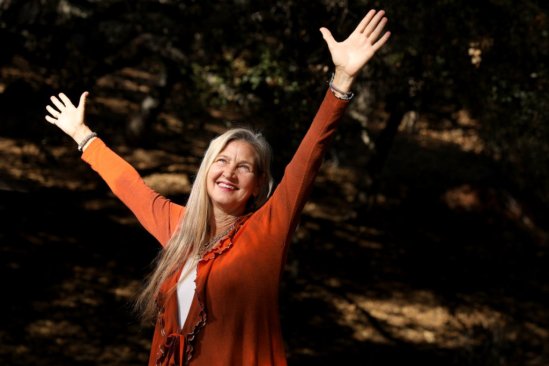
A combination of yoga, martial arts, and dance, Nia was introduced to me by my friend Meg Miller, who’s been an instructor at the Montecito YMCA for more than a decade. When the pandemic torpedoed indoor classes, Miller started an online “Nia Together-Apart” group, sending videos for people to dance from home “with her” every Saturday at 11:15 a.m., her normal class time.
As Queen of the Procrastinators, I left the link in my inbox, red-flagged and scolding me for a week before I finally decided to try Nia. I intended to do it at 11:15 a.m., but it was more like 5:15 p.m., when rolled-back clocks made it too dark for my regular walk.
“In Nia everything is based on 52 moves,” explained Miller. “In addition to what is generally known — that moving to music is good for us — Nia uses findings from neuroscience to create a holistic experience through dance. I know this sounds a little woo woo, but plenty of people do Nia purely as a physical fitness experience.”
I cranked up the video in the privacy of my bedroom, figuring I’d come for the cardio and slip in some metaphysics if the spirit moved me. The last time I danced was in the early COVID days: a TikTok challenge from my son and his girlfriend.
After a bit, I started to let loose. Rather than following the leader, the idea is to listen to your body and enjoy every movement. So I freestyled instead of doing the floor-play, which looked too much like pushups for my taste.
Although Nia is meant to be danced communally, my freestyle was definitely more “free” in my bedroom than it would have been at the YMCA. Even Miller, who loves the community aspect of Nia, said, “I’ve found a lot more freedom and self-expression doing it without an audience of any kind.”
My heart rate was definitely elevated, and my spirit did get a little lift. I’ll try Nia again, maybe even next Saturday at 11:15 a.m. For more information, visit nianow.com.
UC Santa Barbara Course Teaches Students to Thrive During Chaos
Grad Student Smaranda Lawrie Created Resilience Summit and Certificate Program
By Leslie Dinaberg
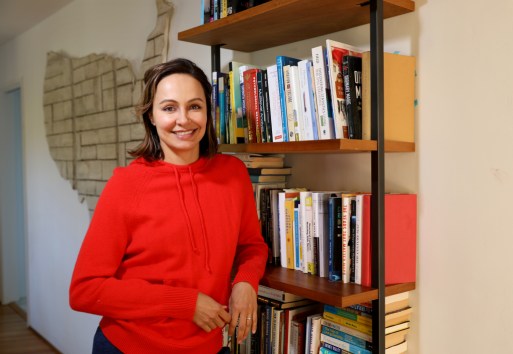
The pandemic has been stressful for all of us, but the abrupt shift to online learning — coupled with social isolation, political unrest, and the loss of just about everything that makes college fun — has been particularly difficult for students.
Last spring, Smaranda Lawrie, a graduate student in UCSB’s Department of Psychological & Brain Sciences, saw how the COVID-19 pandemic impacted her students’ lives. “My students were really struggling,” she said. “I was teaching a lab course online, and there were a lot of hard conversations with them. There were tears and lots of emotions, so I started incorporating positive psychology practices into the class.”
Using techniques designed to “help individuals be stronger versions of themselves,” Lawrie observed such positive results with her students that they were thirsty for more.
Working with undergrads, particularly Samantha Blodgett, “We thought, ‘Let’s just start a series of talks and see what happens,’” said Lawrie. The speakers they approached were enthusiastic, and students even more so. “We were hoping for 20 students, and we ended up cutting it off at close to 1,000 because we didn’t know how to manage everyone.”
Now, four sessions into the UCSB Resilience Summit and Certificate Program, “I’ve just been surprised about these discussions that students are having during the actual lectures,” said Lawrie, who taught the first course, called Positive Psychology and the Science of Thriving, before opening up to other lecturers on such topics as mindful attention training, conditioning for resilience, and overcoming imposter syndrome. “They are very vulnerable and very open, and it seems like they are really relating to the material and appreciating the information and appreciating the speakers,” added Lawrie, who is trying to make the summit live on. “It’s the pilot year, so we’ll see how it goes. I would love to get this info to as many people as possible.”
Upcoming seminars will discuss finding your inner hero, monitoring mental wellness in students, finding silver linings in negative events, supporting “at-promise” students, posttraumatic growth, and more. See ucsbresilience.wixsite.com/resiliencesummit.
Conservation Ambassadors Offers Up-Close Animal Encounters
Paso Robles Nonprofit Sanctuary Provides Furry Relief for Central Coast Animal Lovers
By Alex Ward

It was toward the end of the tour, while bottle-feeding a kangaroo, when I realized that I’d spent two hours without thinking about pandemics or politics. For a neurotic mind accustomed to ceaselessly pursuing the next anxious thought, it was likely a personal record.
This rare moment of Zen came by way of Conservation Ambassadors, a nonprofit sanctuary in rural Paso Robles committed to providing care for injured and abandoned wildlife. To the delight of animal lovers throughout the Central Coast, the conservancy is now offering up-close encounters with an eclectic collection of creatures, including lemurs, otters, alligators, bald eagles, and kangaroos.
Prior to the pandemic, the organization was largely focused on conducting educational outreach in the community. But COVID-induced school closures and event cancelations resulted in a significant loss of income and the urgent need for a sea change.
“Adapt or die,” explained owner David Jackson, who founded the rescue zoo on his family’s property 30 years ago. “We said, ‘All right, we’ve got 150 animals to take care of. What are we gonna do?’ The fact is, we’ve got these amazing creatures that are really good around people.”
The new custom-tailored tours afford visitors the thrilling opportunity to step beyond the barricades and come face-to-face with the critter of their choice. As I can attest, petting an adorably playful otter is a profound, soul-nourishing experience bordering on the numinous.
Rest assured, this is no Tiger King situation. One can see evidence throughout the facility of a rigid commitment to ethical animal welfare, alleviating guests of any concern that they are contributing to a Joe Exotic-esque operation.
“David and I are not about attention,” said assistant director Lisa Jackson. “We’re doing it for the right reasons. And we do stay true to the mission.”
Standing in stark contrast to the virtual events and remote classrooms that have become de rigueur, a trip to Conservation Ambassadors is a stirring and tactile education experience. My visit left me with a renewed sense of optimism and the suspicion that, in an era characterized by the scarcity of joy, any minute in which I’m not cuddling a lemur is probably time misspent. Conservation Ambassadors (conservationambassadors.org, [805] 391-0604) is located at 2445 Adobe Road in Paso Robles. Tours start at $125 per person.
Rekindling My Ukulele Love
Making Homemade Music and Embracing My Inner Imperfectionist
By Tyler Hayden

Just as satisfying as starting a new hobby — and maybe even more so — is dusting off an old one.
Around the time the clocks rolled back, robbing us of early evenings outside and some of our few remaining distractions, I reopened the ukulele case sitting cold and alone in the closet. The little Ohana my wife gave me one Christmas stared up. I recognized the small imperfection in its mahogany, like a birthmark.
It took about a week for us to get reacquainted. At first my fingers felt like frozen sausage links bumbling up and down the delicate neck, their tips growing painfully raw from pressing the few chords I could remember.
But soon the calluses and dexterity came back, as did some of the lessons I’d learned in an earlier Santa Barbara City College ukulele class, which is offered through its Continuing Education department. I also very much endorse a beginner’s songbook called Jumpin’ Jim’s Ukulele Tips ’N’ Tunes, if you can get past the painfully goofy portrait of Jim on the cover.
Playing has become a daily ritual, usually after dinner. And it’s truly that — playing. There’s no pressure; there’s no judgement. I’m not in a band; no talent agents are calling. It’s just me and my instrument problem-solving sheet music together — how to transition from one note to the next, what strumming pattern sounds best, and so on.
The process exercises a creative brain muscle that I don’t use often enough and feels great to flex. I’ve got a terrible singing voice, so I hum instead. Foot tapping works well enough to keep rhythm. (I worry a metronome’s tick-tick-tick would trigger PTSD from childhood piano lessons.) The deep-down delight in those moments when everything clicks is hard to describe.
Over the last six weeks I’ve learned a dozen or so ukulele-friendly songs, mostly the novice versions of classics like “Amazing Grace” and “Aura Lee” but also a few more complicated pieces, such as Frank Sinatra’s “My Way” and Elvis Presley’s “Can’t Help Falling in Love.” More recently, I’ve been plugging other songs I’ve just always liked into a website, ultimate-guitar.com, which spits out their chords and sends me on my way. At the moment, I’m working through “Box of Rain” by the Grateful Dead and “Strangers” by The Kinks.
My skill level is probably close to where it was when I first let the habit slip. It’s been fun to hit that point and then inch a little higher. But don’t get me wrong, I’m still quite bad. But again, that’s not the point.
When so much of our energies are focused on immediate achievement and rigid perfection, it’s incredibly refreshing — and relieving — to mess around with something as fluid and boundless as music. Especially right now, when the world is so out of harmony. If I have a goal, it’s to stick with playing this time around. Because as winter descends and the darkest days of the virus lay before us, what’s better than a little homemade music (and maybe a drink) to forget about life for a while? Maybe I’ll learn “Piano Man” next.
How to Draw a Proper Bath
Killer Playlists, Too Many Candles, and a CBD Bath Bomb Are Ingredients for Relaxation
By Celina Garcia

Working from home can easily blur the line between work and play, so creating an atmosphere solely dedicated to my relaxation has become a cozy monthly ritual. Nothing soothes me like a nice, hot bath. Here are my essential steps to success.
- Say goodbye to doom-scrolling with a killer playlist. Tuck that phone away and revisit your favorite albums or summer mixes. Be present! Some albums I enjoy listening to when I need to clear my head include Lucid by Raveena, Solange’s A Seat at the Table, or anything by Astrud Gilberto, Amy Winehouse, or Charlotte Dos Santos. Don’t get me started on film scores. Remember, you are the main character of your story, and a main character would be nothing without a sick track.
- An ungodly amount of candles, but be careful your bath curtain doesn’t catch fire.
- Adding a bath rack to the mix has been such a game changer. Buy one; you’ll thank me later.
- Bath salts/bombs seal the deal! I recently got a Coda Signature cannabis-infused, cedarwood/lavender/sweet-marjoram/benzoin-scented bath bomb from The Farmacy, and it was the cherry on top of my day. The lingering body high felt like a nice coat of Vaporú, and later I noticed I was so relaxed that my posture was better.
- Give thanks to the elements! Taking a moment to set a positive intention has become an essential part of my self-care practice and has made these little moments I’ve created for myself that much sweeter.
Why Outdoor Happy Hours Are Key to Her Happiness
How to Maintain a Critical Weekly Ritual with Close Friends Safely
By Rebecca Horrigan

Like clockwork, the text would come in around 5 p.m., often earlier, at the end of the week from my dear friend Jess. “Beer Friday?”
We’d hustle home from work, I’d squeeze in a jog or a quick stress-relieving activity, take a shower, and be ready for the real relaxation to commence: a beer with my bestie at one of Santa Barbara’s many fine breweries. Truthfully, we knew it would always be Topa Topa.
With the pandemic in full swing, we had to rethink our ritual. But both living a stone’s throw from Alice Keck Park Memorial Garden, that outdoor space became our new happy hour haunt. Armed with picnic blankets, masks, brews of choice, and that sweet six-foot distance, the stories from the week come pouring out like pulling the handle on a fresh tap of Sespe Pilsner.
While I miss the great beer, chance encounters, fun music, and general effervescence of being out, it’s clear that the real activity we’d been missing was connection. Just seeing Jess’s eyes above her face mask the first time we met up filled me with a serotonin burst of joy.
My housemate Emma now joins us, and we share highs and lows, hard truths, big laughs, and real camaraderie that can’t be ordered on GrubHub or Netflix. In an ever-changing world, it’s nice to know we can count on this weekly hang, enjoying the pink and orange sun setting over the palm trees, the abundance of ducks, and the elusive turtles. We may not have a full pint glass served at the bar, but our souls are brimming with the good stuff.
Balancing Life as Hospital Nurse and Mother of Three
Santa Barbara’s Drea Woodard Manages to Thrive Even in the Toughest of Times
By Rebecca Horrigan
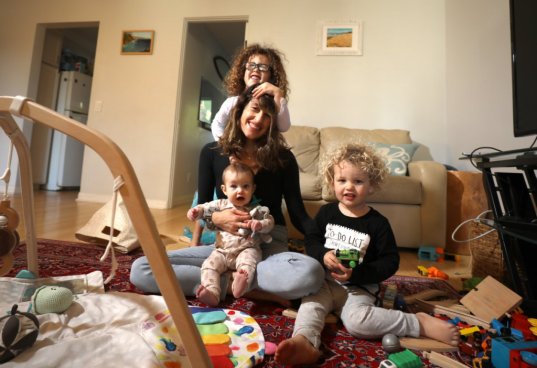
As a nurse at Cottage Hospital, Drea Woodard is no stranger to balancing the intensity of her profession with the all-consuming nature of raising children. She worked the night shift the entirety of her first pregnancy, switched to dayshift for her second, and has responded to countless emergency situations on the trauma floor, such as treating victims of the 1/9 Debris Flow in 2018. This year was especially demanding, but Woodard’s warmth and energy never appear to be in short supply, even while adapting to a slew of shifts in life and work.
“The changes were initially subtle, although constant,” Woodard said. “Our processes, and those throughout the health-care community of the world, changed day to day as we continued to learn best practices up to that point with handling of the virus.”
Woodard was pregnant with her third child when the lockdowns hit in March. She worked through the pandemic, taking a short break to have her baby girl. She’s now back at work with the pandemic still raging, yet somehow manages to graciously adapt.
“Before the pandemic, I generally tried not to hug or hold the kids with my scrubs on and tried to take a shower before doing anything else,” Woodard said. “After the pandemic started, I would not even go into the house in my scrubs, and my shoes live outside, and I take a shower immediately. I also sanitize my phone, watch, badge, and shoes at the end of my shift with our hospital-grade disinfectant.”
Woodard is passionate about both nursing and raising her children, which keeps her attitude on point; however, there are obvious challenges to both callings, namely the length of her shifts. She is grateful to not be doing this alone.
“Partnership is key. If my husband was not as involved in the caretaking of our kids, I would be on a completely different spectrum of stress,” Woodard said. “Routine for the kids is key in whatever areas we can provide it.” They try to keep things consistent, including nap times, school routines, and so forth.
“With three kids under our belt, we have become a somewhat well-oiled machine, and it makes the balance relatively seamless,” Woodard said. “That being said, kids like to offer up unplanned hurdles such as the occasional sleep issues just to keep you on your toes.”
Woodard’s nurturing qualities and positivity serve her just as much as they do her patients and family. “I love caring for and connecting with my patients and hearing people’s stories from every walk of life imaginable,” Woodard said. “I love growing my knowledge and skills almost on a daily basis; there is absolutely always something new to learn, big or small.”
Finding Meditation Through an iPhone App
Ten Percent Happier Makes Centering Yourself Easy, Even for Reluctant Souls
By Sarah Sinclair

I was not planning to learn to meditate. In the past, I’ve put meditation into the same category as hypnosis. That is, I’m sure it works for some people, but it has never clicked for me. I admire my yogi friends’ relaxed, Zen attitudes, but I figured I must be doing it wrong.
Then along came 2020. In July, as the Groundhog Days of the pandemic wore on, a friend invited a group of us to join a three-week meditation challenge through an app called Ten Percent Happier. I was already journaling, exercising, and jigsaw-puzzling my way through the summer — why not add something new into the mix?
Ten Percent Happier bills itself as mindful meditation for a happier, healthier you. The app serves up a themed 10-minute guided meditation every day, with different teachers leading each session in a common-sense, approachable style. All I had to do was show up, listen, and breathe.
A few days into the challenge, I found that I was enjoying my minutes of mindfulness. I was looking forward to each new theme and sometimes even listening a second time. As I moved Ten Percent Happier up to the prime real estate of my phone’s home screen, I knew I was hooked.
When the three weeks were up, I took the plunge and signed up for a full year, opening up a library of longer courses in addition to the daily singles. A section of sleep meditations has become a favorite as well, helping me drift off to dreamland every night.
Ten Percent Happier is just an app. It won’t cure cancer or end hunger. But with topics like resilience, hope, gratitude, and awareness, it just might help make the world a better place. You still won’t catch me chanting “om” or sitting in a lotus position, but you will find me practicing radical kindness and compassion every single day.
See tenpercent.com.
How Making Lists Can Free Your Mind
Open Your Mind to More Critical Thinking by Removing the Clutter
By Sara Caputo
Storing problems, ideas, and to-dos in your brain hinders critical thinking and can cause a lot of stress. The antidote? Emptying your head out consistently and in a reliable place. Think of this stress-relieving tool as your second brain — also known as a notebook, journal, diary, or logbook. That’s right: simply some paper and a pen, the most trusted system out there.
Here’s what you do:
- Find a great notebook. I love my $5 ones from Target.
- Empty your mind of everything you have to do. This will be more than one list, as you gotta have a few layers. Think about it like this: a 10,000-foot list (for the big-rock kind of things), a 5,000-foot list for the weekly stuff, and a Runway list for daily to-dos. Then maybe a gift list, card list, birthday list — the list of lists can be endless!
- Be consistent. Doing this for a day or two isn’t enough. The goal is consistency for a month, then evaluate if it works or not. Make tweaks from there.
- Revisit your lists on a daily, weekly, monthly basis. Create a routine. * Check things off! Many people start systems and don’t get the benefit, which is removing the tasks that have been accomplished. Plus, it just feels great!
Sleep Better By Practicing Restorative Yoga Before Bed
Go Deep into Stretches for a Half Hour Every Night and Get More Rest
By Emily Cosentino Lee

For the better half of 2020, my bedtime routine consists of putting my phone down at 9 p.m., brushing my teeth, and rolling out my yoga mat. For 20 to 30 minutes every night before bed, I wind down with restorative yoga, the practice of holding poses for an extended time to allow your body to fully relax into stretches. It feels great and even necessary after a long day of hunching over a computer screen.
But the stretching is just half of why I practice. Restorative yoga slows down my thoughts and calms my mind. My sleep has never been better.
What a Year to Start a Bullet Journal
Finding a Love for This Organizational Technique Amid My Wedding and Our Pandemic
By Emily Cosentino Lee

I found my love for bullet journaling in January of 2020, the start to the most chaotic year of my life. It started off like any normal year: I made some lofty resolutions, went on a trip for my friend’s birthday, attended a Super Bowl party, and even started making plans for my own birthday in mid-March.
I had been bullet journaling for over two months and was loving it. I was able to organize my calendar, schedule, to-do lists, reminders, brainstorming sessions, and even habits without flaw all in one notebook. Anything that popped into my head, I wrote it down immediately. I no longer forgot to call to make that pesky dentist appointment, and I bought baby shower gifts more than a day in advance. I found myself feeling organized on a level I had never been before — almost, dare I say it, like an “adult.”
Then mid-March came around. I started working from home full-time. I began to replan my wedding, and I learned to find a routine in the monotony of what was my daily life. Throughout the months that followed, I found myself constantly coming back to my bullet journal.
Even though I wasn’t attending any events, my bullet journal offered me order and structure in a time of chaos. It helped me keep track of my multiple wedding plans, I kept a log of new recipes that I had tried, and I was even starting to write journal entries between my weekly lists. It became my way of recording my thoughts and feelings during the strange time.
My bullet journal changed a lot throughout 2020 because I needed it to. My life didn’t look the same, and I was able to adjust my bullet journal to reflect that. Some months, it looked like a planner; in other months, the entries looked more like a traditional journal, but most often it was a combination sprinkled with some art, goals, and inspirational quotes. The beauty of creating your own bullet journal is that it can be customized to your life.
Check out the basics at bulletjournal.com.
Bishop Diego Football Star Luke Knightley Copes with COVID Uncertainty
How High School Athletes Are Planning to Keep Playing in College Next Year
By Victor Bryant

As for many standout high school athletes in the class of 2021, Luke Knightley’s quest to continue his athletic career in college has been turned upside down by the COVID-19 pandemic, which postponed and canceled so many sports this year. Toss in a new NCAA rule that allows college athletes to maintain a year of eligibility, and the opportunities for incoming freshmen to earn athletic scholarships are significantly diminished.
“With the uncertainty right now, all I’ve really been doing is holding on to hope,” said Knightley, a senior, ASB president, and football star at Bishop Diego High School. “There’s not a whole lot of things people can do right now to put themselves in a better position than the next person.”
As of now, conditioning exercises and weightlifting — the foundation for the success of any football player — have been canceled, so Knightley does his at home before school. But that’s just a small part of the battle.
“I’ve been trying to stay in contact with the college coaches as much as possible to make sure my name doesn’t fall through the cracks,” Knightley said. “I’ve also been getting my body right so that if there’s opportunities to show myself in person, I’m ready for that too.”
From an academic standpoint, shifting between virtual and face-to-face learning has been a challenge even for students who typically excel in the classroom like Knightley. “In the beginning, I was reluctant to get some of my online busy work done,” Knightley said. “I had to put in a little more effort and reach out for a little more help from some of my peers, and we were able to get it corrected. There was definitely a learning curve and a motivation damper when we got shut down.”
The social aspect of Knightley’s senior year has also taken a major hit, as hanging out with friends in the usual manner is no longer possible. “I’ve seriously taken up video games — Madden, Forza, and Call of Duty have been basically my best friends,” Knightley said. But he may be finding the most solace in the outdoors. “I’m also a big fisherman, and my older brother enjoys that with me,” said Knightley.
Surfing as Self-Care
How I Learned to Love Riding Waves During the Pandemic
By Luna Martinez
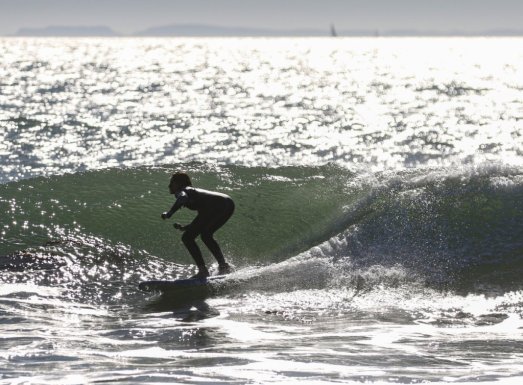
When I was 7, my dad tried to teach me to surf, taking me to Santa Claus Lane with a five-foot, soft-top board. But while paddling out, I’d complain that we should put the board back — I just wanted to play in the water. As waves approached, he’d push me into them, usually holding on as we rode to shore. As he got more confident with my ability to stand up and balance, he would let go of the board.
Usually, I was fine surfing a few waves. But after wiping out once, I was done. The board would throw me off, tumbling me under the white water, with mouthfuls of sand and saltwater causing my ultimate frustration. Surfing became a boring and annoying routine of catching a wave, standing for a few seconds, and then crashing, with my life flashing before my eyes as I was pinned underwater. I felt like I was in a washing machine, a ragdoll with whiplash.
As I grew older, I’d say yes when people asked if I could surf, but really, anyone could do what I did. I just wasn’t that into it.
The turning point for me was last fall, when I went camping near Morro Bay the weekend after school started. My friend, my mom, and I were walking on the beach near Morro Rock, which was emerging out of the morning mist. As we got closer, we began to see all these surfers shredding some awesome waves.
It was warm, yet foggy, and so magical to see people catching these big waves with such ease and grace. I was dancing around, in awe of how fun it looked. Right then, I decided to improve my surfing skills. My dream was to go with the flow of the ocean and dance through the rhythmic swells. I found it so calming to watch the surfers, and my excitement peaked as I thought about what fun I would have, being that person gliding through the water.
The day I got home from camping, I grabbed the foam board that I had bought a few years prior, found my mom’s wetsuit (that I didn’t know existed), and headed for the beach. Campus Point was the plan, but we ended up going to Mondos instead, where I loved surfing the mellow waves and met new friends. I started meeting them there about twice a week after school.
I even inspired my mom to fulfill her life-long dream of surfing. She took my longboard, bought me a slightly shorter board, and kindly outfitted me with a new winter wetsuit, which I thought was unnecessary, but wow, the water is cold! Since then, we’ve upgraded our surf spot to C-Street in Ventura, where the waves tend to be bigger.
The ocean is simultaneously predictable and unpredictable — though the swells, wind, and tides can be tracked, no one can actually be sure about what will exactly go down. There is a level of trust that one needs to have within themselves and the water. Surfing is a go-with-the-flow sport, best appreciated if people are able to let themselves go and surrender to the power of the wave.
Today, I really love surfing, which makes my body, mind, and soul happy. The wipeouts that I despised as a child toughened me up because they helped me become stronger and more confident with surfing. During this pandemic year, it’s become a source of endless enjoyment — even if I only catch one wave during a session, it is completely worth the trip.
Graphic Designing to Fight Stress
Art Therapy Is an Underrated Way to Reduce Anxiety and Flex Mental-Health Muscles
By Saehee Jong
You don’t have to be an artist to practice art therapy, a way to reduce stress and boost mental health by expressing thoughts and releasing emotions. When I practice art through graphic design, I find relief in focusing my attention on illustrations that reflect my interests, rather than my stressors. I showcase my creations on Instagram, where my friends support my creative expressions with their words of encouragement. I’ve found that art is an underrated mode of therapy, and it’s worth considering for your own self-care routine.
Books That Feel Like a Hug
Indy Book Club Suggests Feel-Good Titles for January’s Theme
By Caitlin Fitch

There’s nothing quite like hugging our loved ones. A hug from my grandma, for instance, reminds me that I am loved unconditionally and fills me with warmth. Our new reality, however, is a hug desert.
So for the new year of our Indy Book Club, a community reading collaboration with the Santa Barbara Public Library, we are bringing you some stories to fill your joy coffers just a little bit more. Here are some recommendations on our January theme, “Books That Feel Like a Hug.”
The Wayfarers series by Becky Chambers: These are, by far, my most recommended books. Becky Chambers’s feel-good sci-fi books are a delight to read. The first book in the series, The Long Way to a Small, Angry Planet, follows the motley crew of a working spaceship as they make their way to their biggest gig yet. Chambers’s universe is unwaveringly accepting, kind, and good.
Remarkable Creatures by Tracy Chevalier: This novel follows the real historical friendship of Mary Anning and Elizabeth Philpot, a couple of lady fossil hunters in Victorian England. Although there is some sadness in this one, a good friendship story never fails to warm my cockles.
His Dark Materials series by Philip Pullman: This is the gold standard of warm-hug-reads. Read these three books, then watch the TV show on HBO and decide which is better.
We Ride Upon Sticks by Quan Barry: The 1989 Danvers, Massachusetts, field hockey team is not very good, but when Mel Boucher finds a book about witchcraft in the school library, the girls decide to take fate into their own hands. This is a delightful romp filled with late ’80s pop-culture references and New England vibes. You’ll close the book and be so glad you spent time with each of the characters.
Figuring by Maria Popova: For nonfiction lovers, this beautiful piece of literature is unlike any history book I’ve read before. Author of the well-known blog Brain Pickings, Popova follows the personal lives of a few different figures throughout history. Beginning with Johannes Kepler and ending with Rachel Carson and following many (mostly women, mostly queer) people in between, Popova weaves together the story of how love has impacted the ways in which humanity has searched for truth and meaning throughout time. Sometimes sad, but always beautiful, this book will fill your cup.
The Apiary’s Self-Care Cider
Try Better-for-You Beverages from This Ciderworks and Meadery in Carpinteria
By Caitlin Fitch

In 2021, I’m looking for more things that bring me joy, and high on that list is a cold bottle of something tasty from The Apiary Ciderworks and Meadery (4191 Carpinteria Ave., #10, Carpinteria; [805] 684-6216; drinkapiary.com). These better-for-you bevvies are brewed and bottled in Carpinteria by recently married Rachna Hailey and Nole Cossart, and their Self-Care Cider (8.7 percent ABV) really hits home right now. Made with organic Cuyama Valley apples and aged for a year, the cider is bright and floral, with hints of orange blossom. Self-Care Cider pairs well with everything from a steak to a bubble bath, but my favorite way to enjoy it is on an evening of making crafts and listening to a good audiobook.
For something different, try Passiflora Granada Mead (6.9 percent ABV), a collaboration with BrewLab. This pomegranate and passionfruit mead made with sage blossom honey is a heavenly pink hue with a juicy and fruity yet dry flavor. The can is undeniably adorable, adorned with artwork by Santa Barbara’s dean of delightful things, architect Jeff Shelton. Enjoy this mead while watching the sunset: from golden hour, to the pink moment, to dusk.
Self-Care Sanctuary and Herbal Community at Pura Luna Apothecary
Highlights from Ashe and Christin Brown’s Healing-Focused Boutique
By Caitlin Fitch
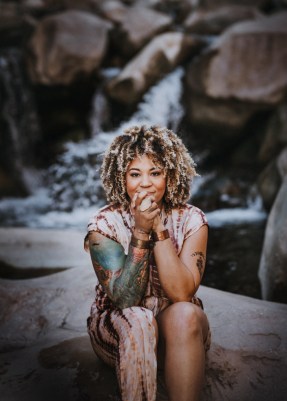
When Ashe and Christin Brown opened the doors to Pura Luna Apothecary in 2017, they dreamed of creating a sanctuary for self-care and a community for herbalism that they felt was missing in Santa Barbara. In less than four years, it’s become exactly that and so much more.
From herbal blends to tinctures to candles, Pura Luna sells products crafted in-house or by other minority-/women-owned businesses. They also foster an open, accepting community where people are encouraged to heal and meet themselves in their moment.
Below are some recommendations for products that are especially helpful during these times. But as one dear friend told me, “There’s basically nothing there that I wouldn’t want two of.” So mosey over to their website and pick up what will settle, soothe, ground, calm, strengthen, or heal you! It’s all wonderful.
Nourished Woman Tea: The ritual of making tea is a level of self-care in itself, and a warm beverage heals from the inside out. This vitamin-rich tea blend contains nettles, red raspberry, ashwagandha, red clover, linden leaf and flower, licorice root, and rose.
Happy Healthy Heart Tea: This uplifting blend contains hawthorn, lemon balm, and rose to help heal your heart during times of grief or sadness.
Herbal Chai Tea Blend: This spicy chai is caffeine-free and helps to gently detox you during these colder months. It also boosts your immunity and supports your digestive functions.
Night Heron Farms Tincture and Mood Mover: “These herbs create a shift in perspective and shine a light on a darker situation,” said Ashe Brown.
Sunrise Crystal Candle: When this candle burns through, there is citrine crystal inside! The smell is floral yet earthy, reminding me of summer and centers during creative endeavors.
Sacred Moon Bath Vial: Light some candles and soak in a bath of rose petals, jasmine, hibiscus, and more.
Pura Luna Apothecary is moving locations in 2021 but will be hosting a final moving sale at 2009 Chapala Street on January 9. See puralunaapothecary.com.
Autumn Brands Nourishing Muscle + Joint Salve
High-Terpene, Full-Spectrum Cannabis Ointment Includes CBD and THC
By Matt Kettmann

There are a lot of cannabis salves on the market today, purporting to heal everything from skin conditions to chronic pain. I’ve tried many, with varying results, but this recent creation by the Carpinteria-based Autumn Brands really feels like it works to soothe my sore ankle, which still bothers me after surgery from a year ago.
While many ointments rely on just CBD, this is a high-terpene, full-spectrum salve that’s boosted by arnica (a popular anti-inflammatory ingredient) and a high dose of magnesium, frequently used in skin-care products. It produces a slight buzz to the skin when applied, and then my ankle feels a little less sore and crunchy. Maybe it’s just the act of kneading the salve into my joints, but there’s positivity going on, and I’m walking a bit better because of it.

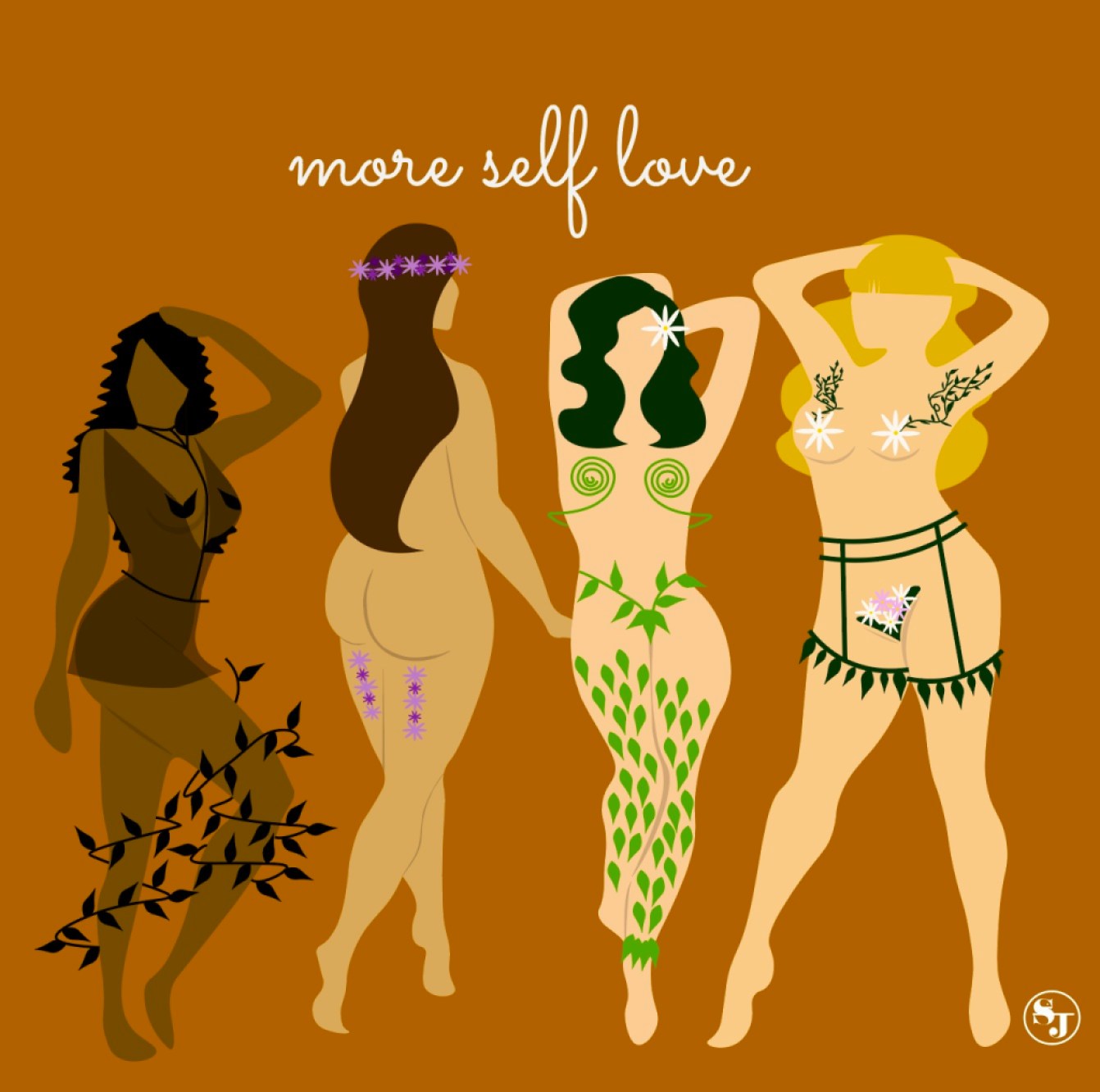
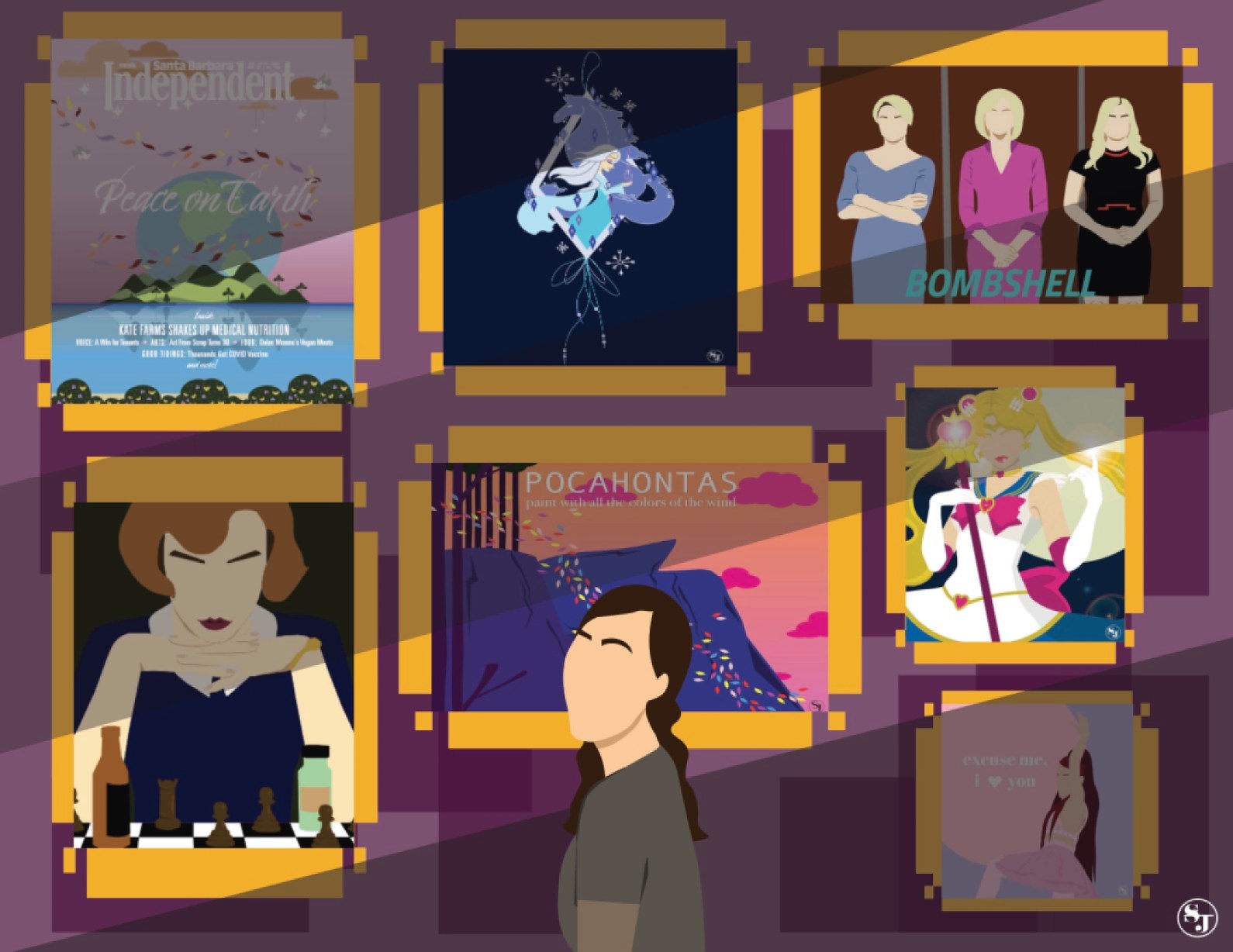
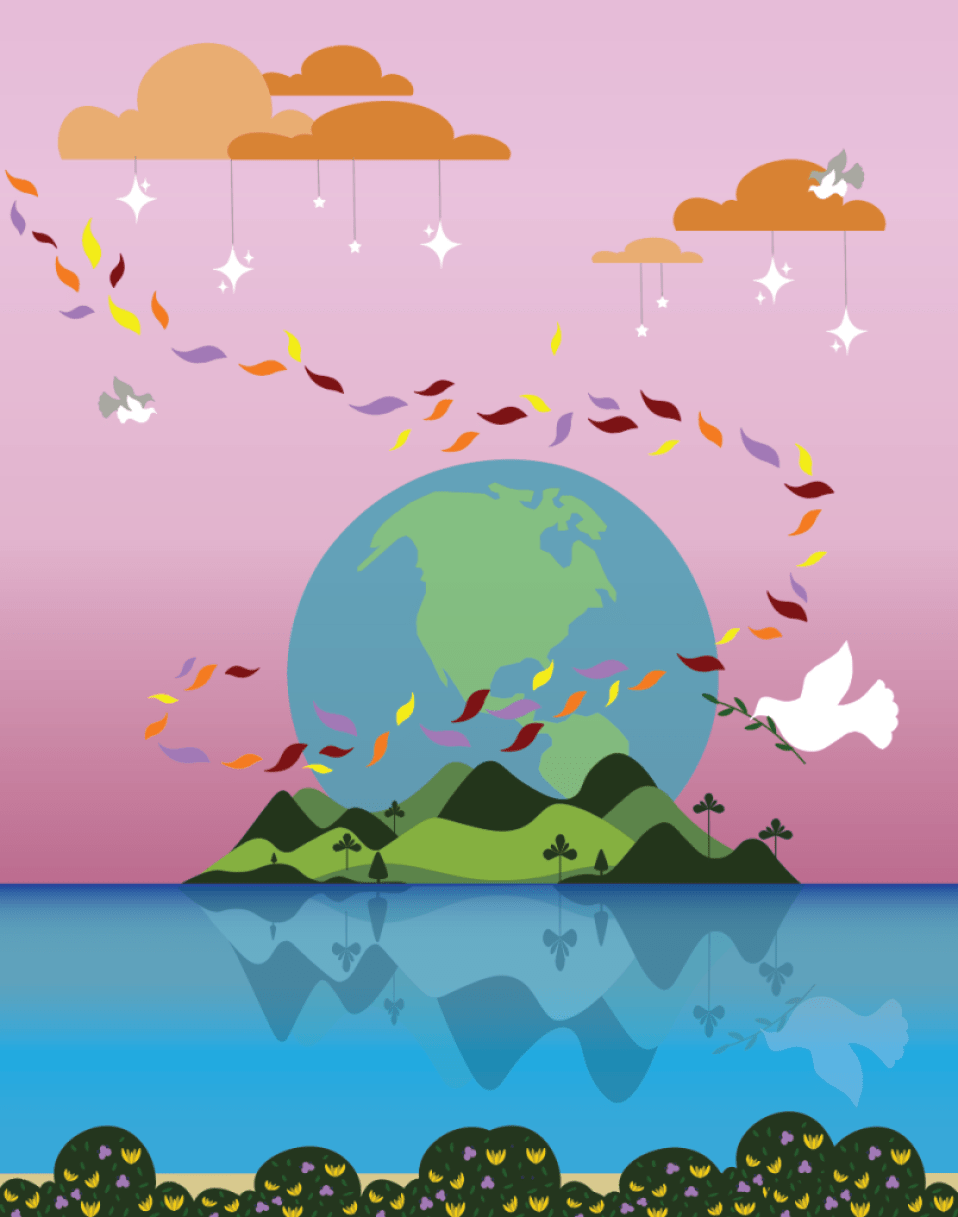
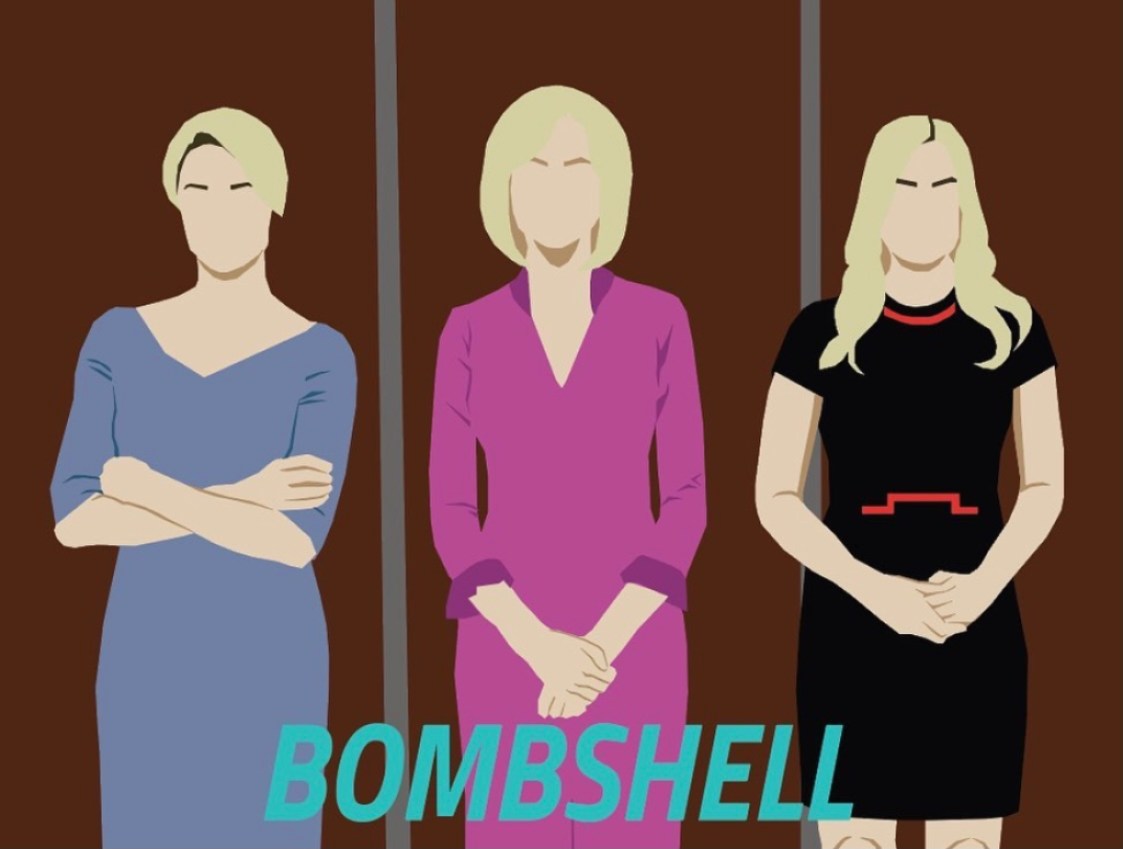
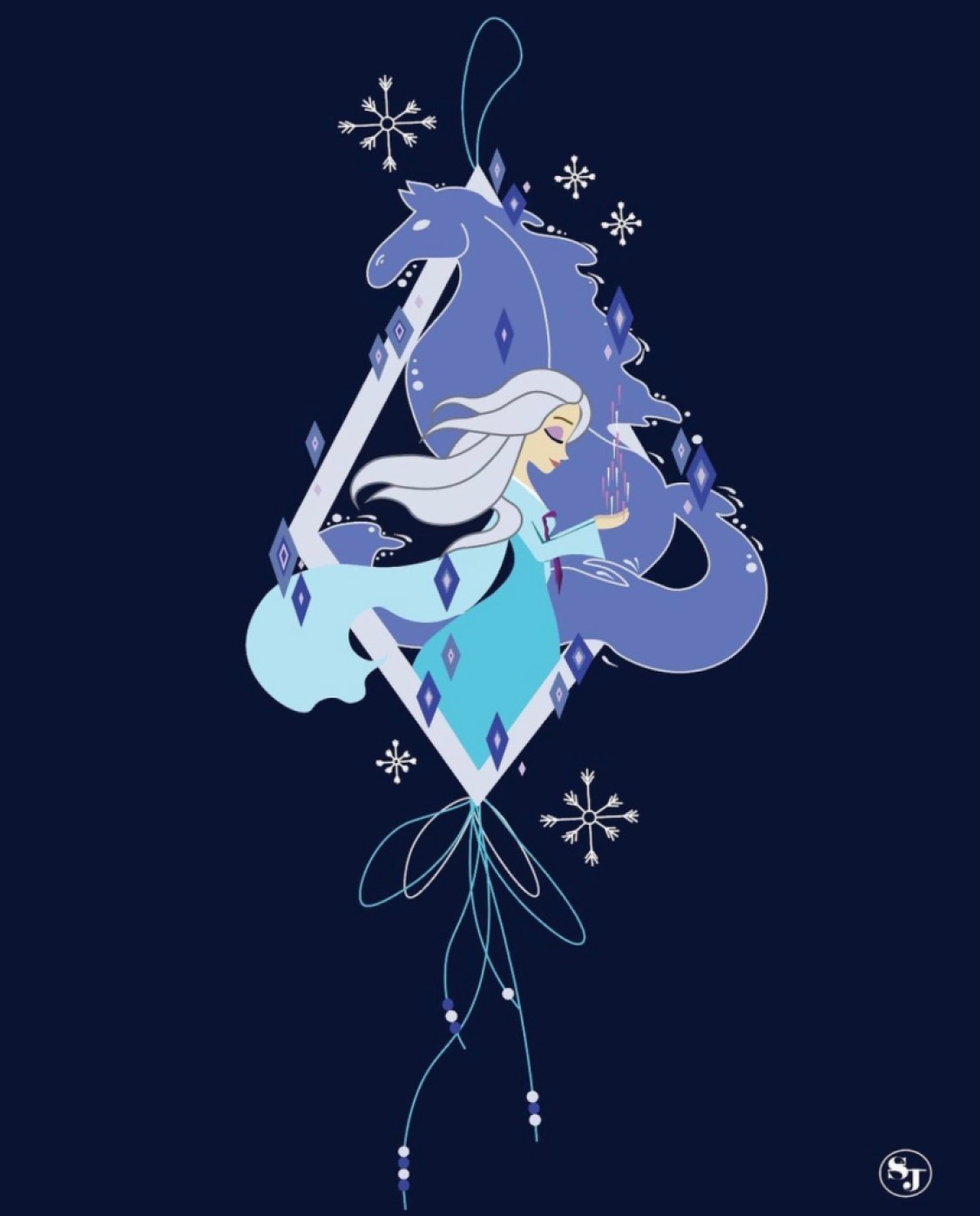



You must be logged in to post a comment.